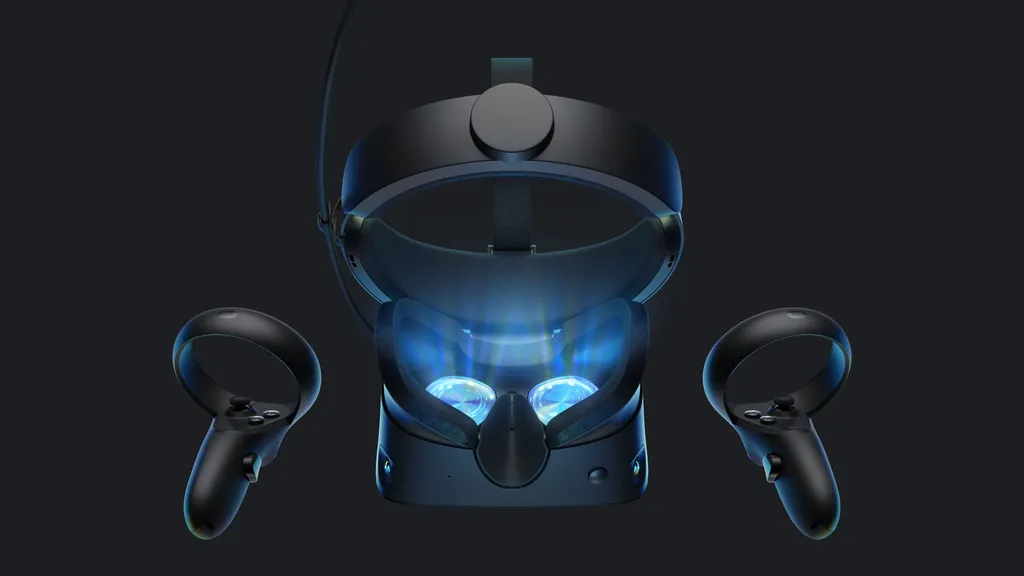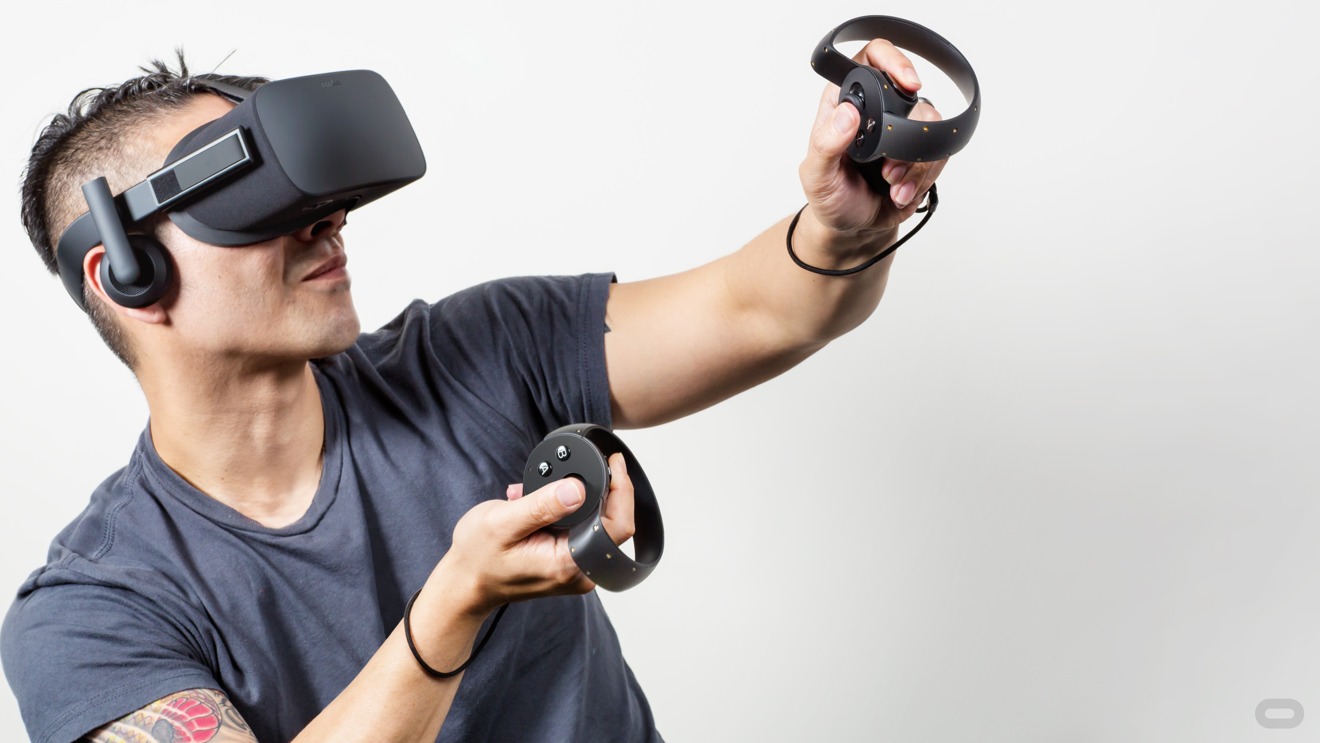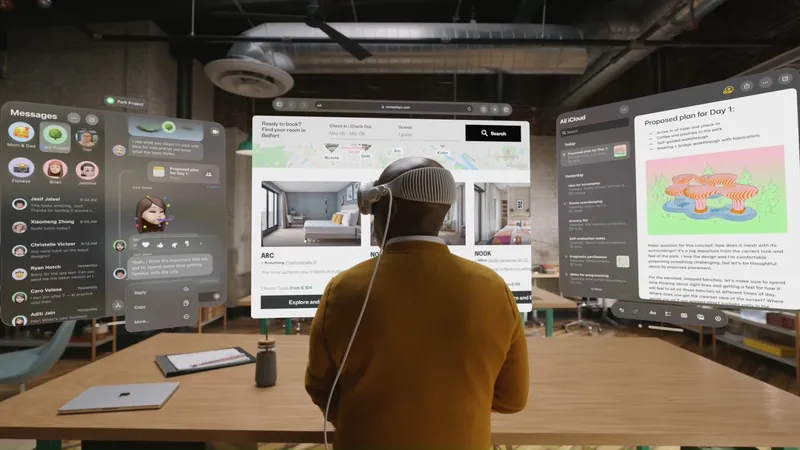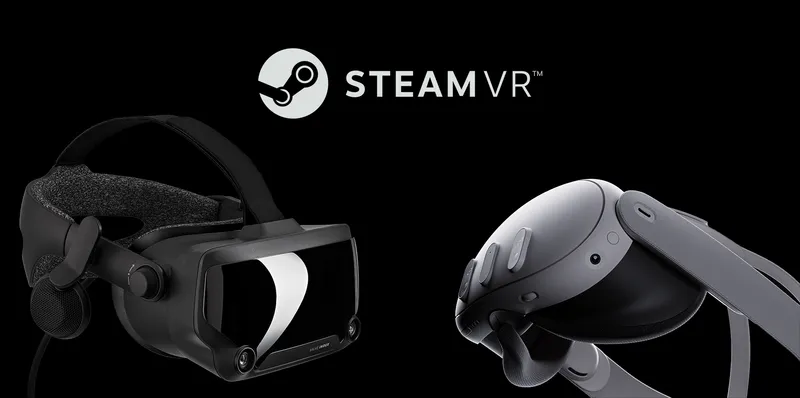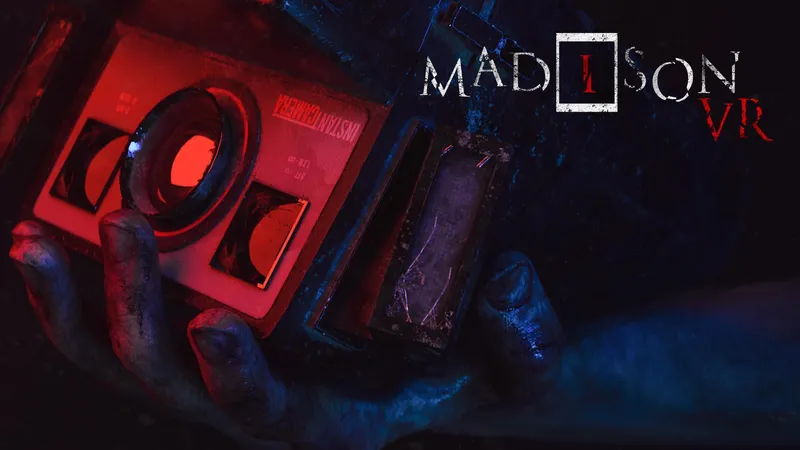Five years ago Mark Zuckerberg directed Facebook to purchase Oculus VR for $3 billion.
This was the state of consumer VR in 2014.

In 2016, the first consumer Rift shipped for VR-ready PCs.
Facebook encountered fierce competition. Valve Corporation powered HTC Vive with its innovative “room-scale” Steam VR Tracking technology.
Vive was $800 when it launched, enabling free-movement over larger spaces with hand controllers included.
In 2017, Microsoft equipped PC manufacturers with the tracking technology it pioneered on the original HoloLens AR headset. HP, Lenovo, Acer, Samsung and others shipped a series of dual-sensor, easy-to-setup VR headsets. Two-forward facing sensors on these headsets find position and also track controllers.
Three years of work and Rift S is the headset Facebook’s VR leaders landed on to replace its market-leading device.
How does it stack up?
We went hands-on with the headset and have our first impressions.
Rift S: The Best Of…Which Worlds?
The original Rift can be very frustrating. It needs four unused USB ports to deliver room-scale VR using three sensors.
With Rift S, only one USB slot is needed for room-scale VR. That’s a dramatic difference in setup complexity. Inside the headset, the light from the Rift’s display tends to catch the lenses in distracting ways. Early buyers called them “god rays”. The issue seemed to be no more in Rift S. The updated display and optics provided a huge boost to clarity overall. The screen door effect is greatly reduced.
 PlayStation VR
PlayStation VRPSVR is regarded by many as the most comfortable fit of the three major wired VR headsets to debut in 2016. Lenovo licensed the approach from Sony late last year, stating the “preeminence of the PSVR design is obvious.”
Rift S
That familiar “halo” design is now part of Rift S. Simply turn the knob at the back of your crown to tighten the headset’s fit. There’s a button on the front of the headset that allows for adjustment of the distance to your face. Facebook representatives said weight is distributed better compared with Rift, but Rift S weighs a little more overall.
Facebook’s provided specifications say Rift S displays 80 frames per second. That’s a very notable decrease from 90 FPS in Rift and Vive. That said, I couldn’t spot the difference in my limited time with the device. Rift S also lacks mechanical adjustment for interpupillary distance (IPD) — something that was included on the original headset.
Visually, Rift S paired with a brief demo of Asgard’s Wrath showed me some of the richest visuals I’ve ever seen in VR. The shiny hilt of a sword, undulating waves of a stormy sea, and the rainbow colors of the bifrost all seemed more vibrant and detailed than anything I’d seen before in a VR headset, and most certainly far better than anything I’ve seen previously in an original Rift. Some combination of the higher resolution Rift S display, improved optics, high-end graphics card and AAA-level content provided a stunning view that raised the bar visually for me.
Note, though, that I haven’t tried the new 4K HP Reverb VR headset. Senior Editor David Jagneaux said, comparatively, he thought the screen door effect was more visible on Rift S than on Reverb.
Five Sensors And One Wire
Rift S includes five sensors — all on the headset.
There are two pointed forward, two pointed downward and one on the top of the headset pointed directly upward. It is an unexpected configuration — different from the four corners approach used on Quest. A Facebook representative said the arrangement is to aid in compatibility with existing Rift content. I noted no tracking problems in my demos of Vacation Simulator and Asgard’s Wrath with Rift S.
I didn’t really try to break the tracking, though. The sensor layout may come with some added benefits over time as AR-related features are improved.
Upgrading To Rift S?
The $400 Rift S replaces the $350 Rift. Like the original, the new headset may drop in price over time. A Facebook representative said they aren’t planning a first-party wireless solution for Rift right now.
That means it provides access to an impressive library of exclusive Oculus games and, hopefully, it should have the same access to SteamVR releases as its predecessor. Plus, it includes the fantastic Touch controllers and doesn’t require any additional sensor placement or setup. Those are big steps forward for convenience. The system is still wired to the PC, though, which means it still carries the Rift’s core limitation.
We’ll have to visit a wide range of worlds and test out various tracking situations to understand the new headset better. In particular, we need more time with Rift S to understand how it relates to the rest of the market in 2019. One key thing to note? The original Rift could be used in the dark while the Rift S needs a space with lighting to work.
Stay tuned to uploadvr.com for more information about Rift S.

